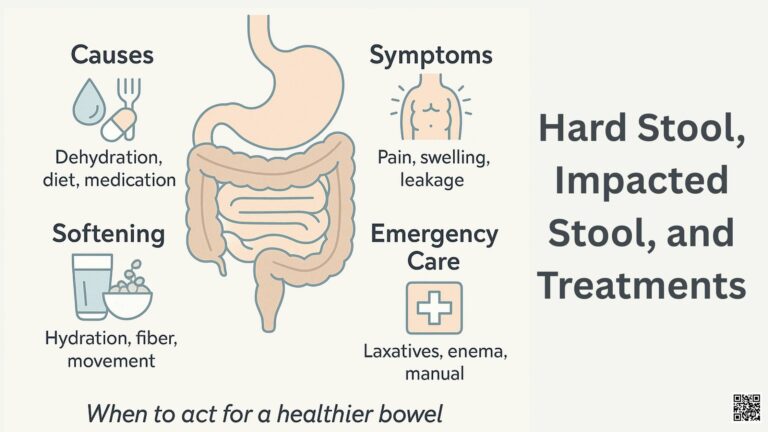Dealing with chronic pain can be tiring and daunting, particularly when you want to avoid relying on painkillers. It can disrupt your everyday life, affecting your comfort, mobility, and causing the emotional strain that often accompanies constant pain.
According to the CDC, chronic pain is a challenging condition that affects millions of adults throughout the United States. Interestingly, in 2021, the estimated prevalence of high-impact chronic pain was 6.9%, which is a slight decrease from the 8.0% reported in 2016.
This trend aligns with the Healthy People 2030 initiative, which aims to lower the rates of high-impact chronic pain. The good news is that you are not in this by yourself. There are plenty of pain management strategies available. Recognizing them can be a significant first step in reclaiming your health and happiness.
This article discusses approaches that provide the relief you are looking for. It helps reduce pain, enhance your daily activities, and improve your overall quality of life. All this is possible without relying on medication.

Opt for an Anti-Inflammatory Diet
Adopting an anti-inflammatory diet is a gentle yet effective way to tackle chronic pain. The foods you choose can significantly influence how your body reacts to inflammation, which often fuels persistent discomfort. NIH states that anti-inflammatory diets take a holistic approach to life, emphasizing whole foods that are diverse and minimally processed.
The bioactive compounds found in abundance in these diets work together to help lower inflammation. With this diet, you can alleviate the symptoms of chronic diseases that are not infectious. By prioritizing whole foods like fresh fruits, vegetables, nuts, and seeds, you provide your body with the nutrients it needs to soothe inflammation.
Embracing this kind of diet can be straightforward. For example, using olive oil instead of butter or margarine is an easy switch to make. Over time, these changes might help alleviate pain and enhance your overall well-being.
Follow a Gentle Workout Routine
Incorporating gentle movement into your daily routine can help your body handle chronic pain effectively. Engaging in simple activities like walking, swimming, stretching, or yoga can help improve your mobility while being gentle on your joints and muscles.
These gentle and consistent exercises can enhance circulation and elevate your endorphin levels, which are your body’s natural pain relievers. Starting does not have to be overwhelming. Pick activities that you genuinely enjoy and ease into them.
Listen to your body and pay attention to what it needs each day, making changes as necessary. As you continue, you see improvements in your flexibility and a reduction in discomfort. Setting achievable goals and taking the time to celebrate the little victories can help maintain your motivation without feeling overwhelmed.
Get Professional Help
Connecting with a healthcare professional is often one of the most vital steps in handling chronic pain. You can collaborate with a physical therapist or pain specialist to design a plan tailored to your specific needs. They take into account your pain triggers and lifestyle.
Alongside these specialists, registered nurses play a crucial role in helping you navigate your pain management journey. The registered nurse job outlook looks promising, with a steady increase in demand driven by a growing emphasis on holistic care and coordination.
The number of registered nurses (RNs) may grow by 12% between 2018 and 2028, according to Baylor University. This rate is more than double the national average of 5% for all professions. This means you won’t have to worry about the nursing shortage as more professionals want to join the industry.
With the proper guidance, you can manage both the physical and emotional aspects of pain. It can boost your confidence in handling everyday challenges. Just remember, you don’t have to navigate this journey alone. There is support out there, and every little step you take matters.
Overcome Pain-Related Stress
Living with chronic pain goes beyond just dealing with the physical discomfort. According to Cleveland Clinic, stress is your body’s natural reaction to the changes and challenges life throws at you. When stress becomes chronic, it can take a toll on you.
If your stress response is always on high alert, it can lead to a range of symptoms that affect you physically, mentally, and behaviorally. You must take care of your mental well-being just as much as your physical health. Simple techniques such as deep breathing, meditation, or mindfulness can help you find a sense of calm even when you are in pain.
Reaching out to friends, family, or support groups can make a difference. When your stress levels drop, you might find it easier to deal with pain and experience a little more calm in your daily routine. Taking time for stress relief is a crucial element of your pain management strategy.
Consider Holistic Therapies
Holistic therapies can help ease chronic pain by looking at the mind, body, and spirit as interconnected parts of a whole. WebMD notes that alternative therapy is a term used to describe any medical treatment used as an alternative to traditional medicine. This wide-ranging category encompasses a variety of practices, including acupuncture, yoga, hypnosis, herbal remedies, massage, and so much more.
Research has demonstrated that mind-body therapies, acupuncture, and nutritional supplements can significantly reduce pain. These methods typically promote relaxation and enhance blood flow. The strategies can alleviate muscle tension and support your body’s innate healing processes.
You might find that holistic approaches offer more than just physical relief. They can boost your mood and help ease the anxiety that often comes with living in pain. Keeping an open mind to different therapies might lead you to new ways of finding comfort and enhancing your well-being.
FAQs
How are painkillers harmful?
Painkillers, particularly opioids, can lead to some serious side effects, including addiction, drowsiness, constipation, and even dangerous breathing issues. If used over a long period, they might also result in tolerance, physical dependence, and a higher chance of overdose or death. On the other hand, nonsteroidal drugs can harm your stomach and kidneys.
How to break a chronic pain cycle?
Focus on smooth, gentle movements to help disrupt the ongoing cycles of chronic pain. Incorporating relaxation techniques, such as deep breathing, can also make a big difference. Seek professional guidance and manage stress effectively. Every little change you make can help you regain control and interrupt that pain cycle.
Does chronic pain ever stop?
While chronic pain may not vanish entirely, it can frequently be managed or alleviated through effective strategies. These include gentle exercise, stress management, and seeking professional support. Many people find that keeping a positive mindset can bring them moments of relief and help them live a more satisfying life.
Managing chronic pain without turning to painkillers requires a good dose of patience. It needs a sprinkle of creativity, and a genuine commitment to nurturing your entire self. Above all, remember to be gentle with yourself during this journey.
Chronic pain might not disappear instantly. With steady, mindful efforts, you can break free from the cycle. Every little step you take is a win that deserves a celebration. Each positive change can lead you closer to feeling more comfortable and well.
The source of this information is https://drginasam.net/






